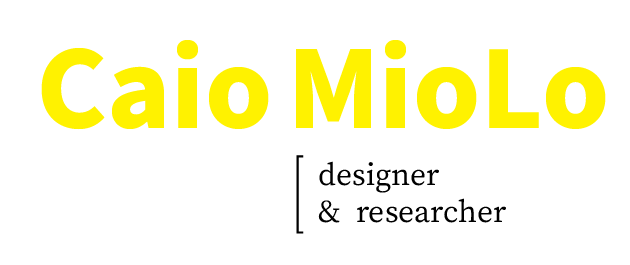Project goal
__
__
Design an app for “Torrevieja Animals Shelter” that allows users to easily adopt animals and/or joining sponsors. The target audience is the elderly, as they are the majority of the city's population (Torrevieja, Spain).
Project duration:
December 2021 to April 2022.
This project was carried out during the ICT Training Program (Google certification)
This project was carried out during the ICT Training Program (Google certification)
My role
__
__
UX researcher and visual designer. UX designer designing an app for “Torrevieja Animals Shelter” from conception to delivery.
Responsabilities:
● conducting interviews,
● paper and digital wireframing,
● low and high-fidelity prototyping,
● conducting usability studies, accounting for accessibility, and iterating on designs.
● paper and digital wireframing,
● low and high-fidelity prototyping,
● conducting usability studies, accounting for accessibility, and iterating on designs.
User Research
__
__
I conducted interviews and created empathy maps to understand the users of the target group,
people over 65, that I am designing for and their needs, as well as their usage habits (digital
products).
people over 65, that I am designing for and their needs, as well as their usage habits (digital
products).
This group of users confirmed initial assumptions about adopting animals and also revealed other needs, which include: have plans to become a sponsor, the need to want to know animals, before adopting, being able to choose animals to be sponsors, and still to obtain information and
testimonials about the shelter.
testimonials about the shelter.
Pain points:
● Age: The target group, people over 65, have difficulties in using applications for this purpose.
● Communication: Users need to feel supported and be able to ask questions about adoption and sponsor plans.
● IA: Text-heavy apps are often difficult to read and understand about animals available for adoption and how to be a sponsor.
● Communication: Users need to feel supported and be able to ask questions about adoption and sponsor plans.
● IA: Text-heavy apps are often difficult to read and understand about animals available for adoption and how to be a sponsor.
Usability study
__
__
I conducted two rounds of usability studies. Findings from the first study helped guide the designs from wireframes to mockups. The second study used a high-fidelity prototype and revealed what aspects of the mockups needed refining.
Round 1 findings:
● Users need to easily find how to be a sponsor without wasting time.
● Users are interested in spending some time with the animal before actually adopt.
● Users need to have clear confirmation of the day they have chosen to pick up the animal and that it will be theirs.
● Users are interested in spending some time with the animal before actually adopt.
● Users need to have clear confirmation of the day they have chosen to pick up the animal and that it will be theirs.
Round 2 findings:
● Users need to easily know how to change the animal's search date and send a message (which is in the options panel).
● In the profile of each animal, it may be possible to choose to sponsor them.
● In the profile of each animal, it may be possible to choose to sponsor them.
High-fidelity prototype
__
__
The final high-fidelity prototype presented user flows for adoption, adherence to sponsor plans, sending messages and rescheduling animal collection dates.
Conclusions
__
__
Impact:
The app makes users feel like “Torrevieja Animals Shelter really thinks about how to meet their needs. One quote from peer feedback: I liked how easy it was to get information about the animals for adoption and the steps in the process.
What I learned:
When designing the Torrevieja Animals Shelter app, I learned that interviewing people with different ages, experiences and skill levels in exploring the app, helps a lot to improve the usability of the project: both lay people and those with more experience help a lot.
